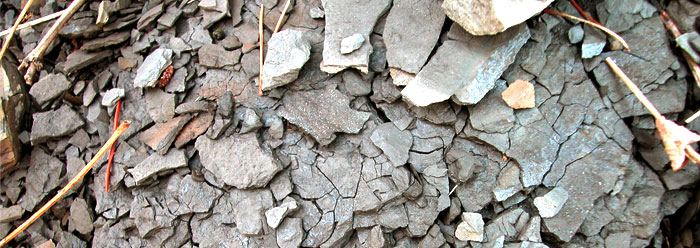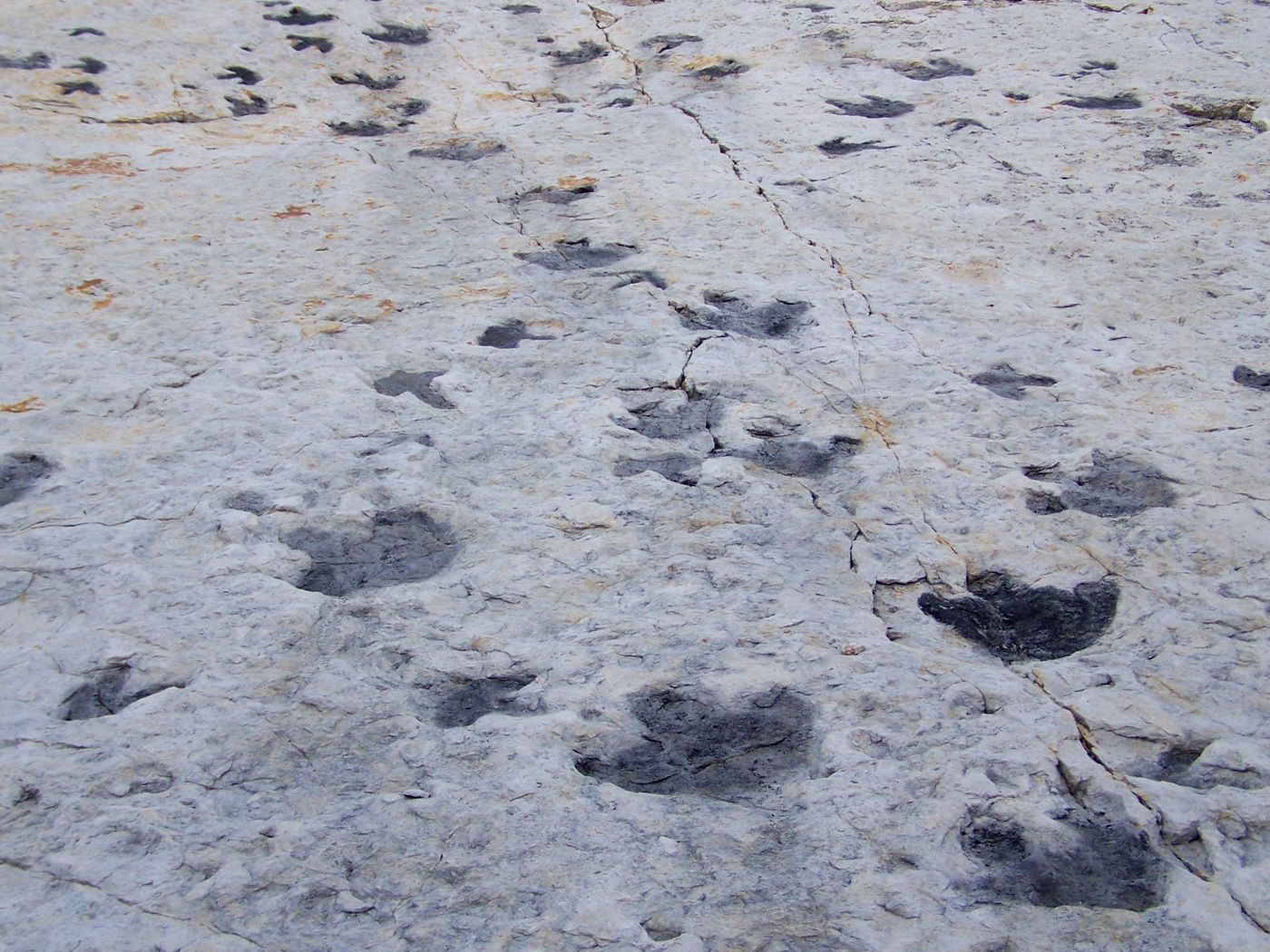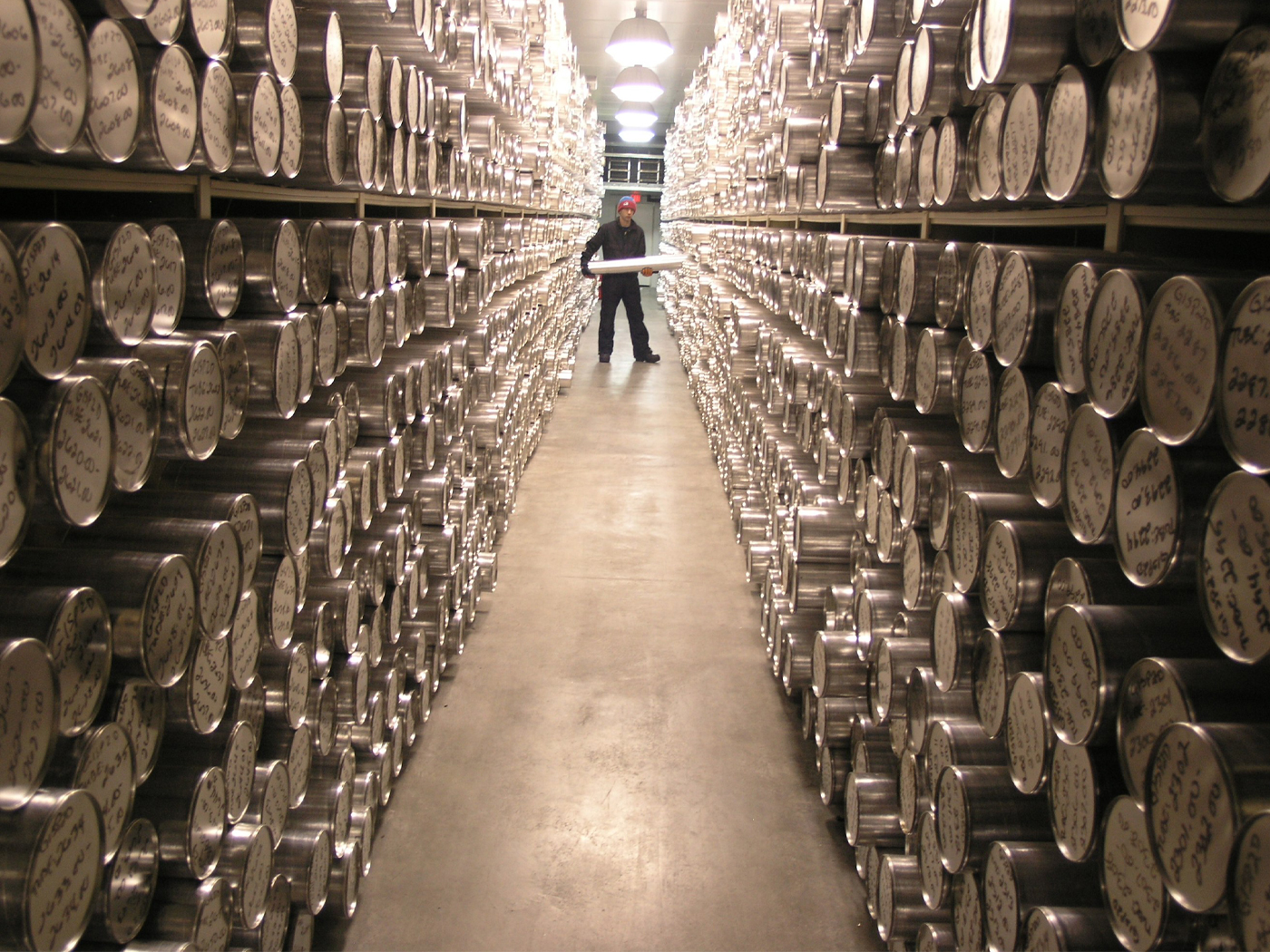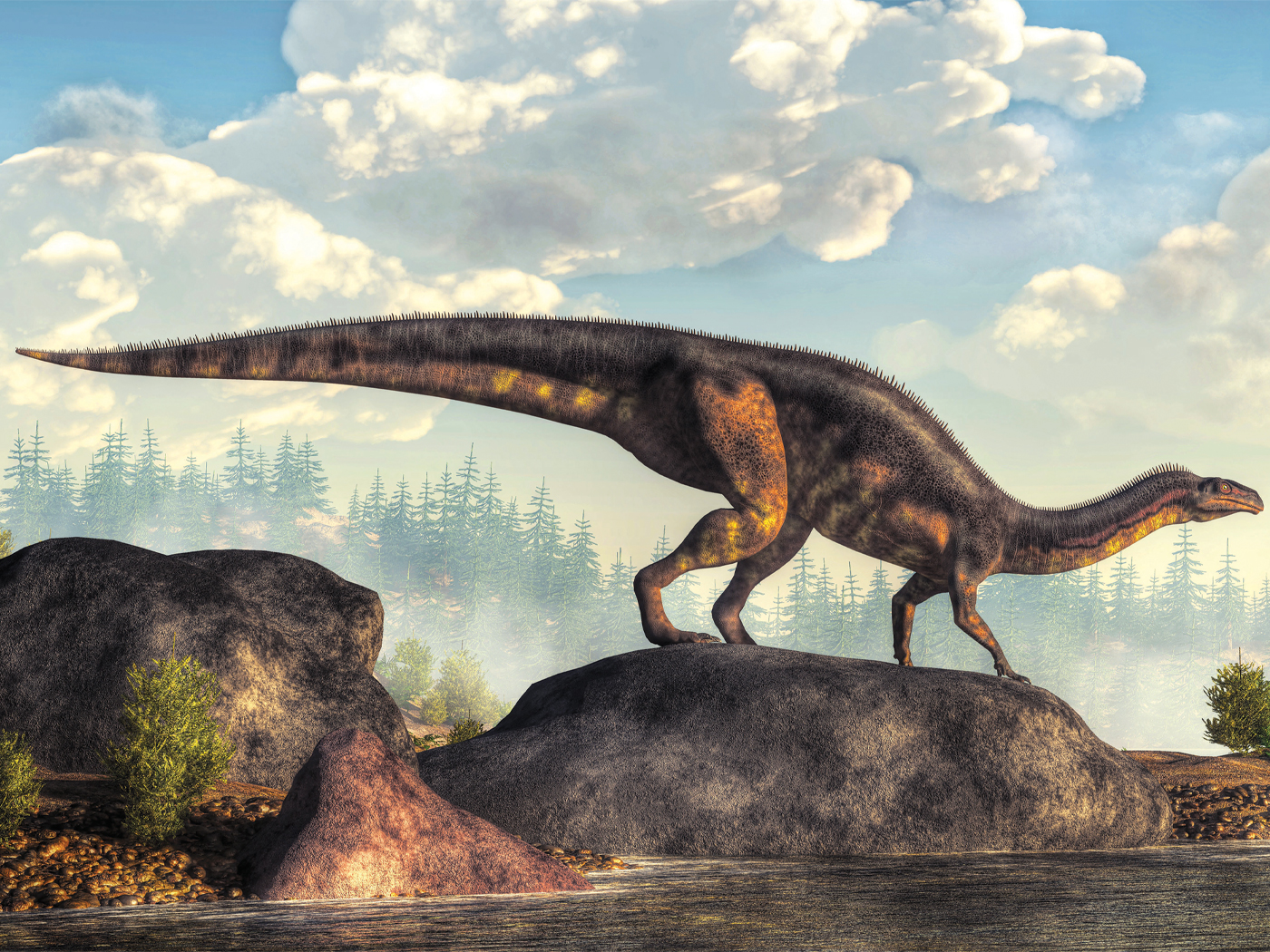For decades, museums and textbooks confidently asserted that mud rocks—such as limestone, siltstone, mudstone, and shale—were formed over vast eons as super-fine sediments slowly settled to the bottom of shallow lakes or seas.
But new flume studies are challenging old ways of thinking about mud rock formation. In these experiments, oblong track-shaped tanks are used to investigate how sediments accumulate beneath water flowing at various rates.
It turns out that fine sediments suspended in solution tend to clump together to form “floccules.” These then behave like sand grains and are deposited by tumbling out into thin layers. Sometimes the flume studies’ deposit patterns include ripple marks. Indiana University sedimentologists were able to clearly identify the same tiny ripple features in Cambrian shales.1
If Cambrian mud rocks actually formed from fast sediment flow like these flume studies indicate, instead of slow silt accumulation, then perhaps the other mud rocks that comprise so much of the earth’s continents were formed similarly. This fits with the whole earth’s surface having been a slurry of sediment during the worldwide Flood described in Genesis.
Creation geologists have doubted the claim of sedimentation occurring gradually over long periods of time because of its incongruity with the biblical record and because of empirical evidence found in modern mud rocks themselves. For example, if these massive and broad mud rock strata were deposited by the slow accumulation of sediments over millions of years, then why are worm and clam burrows and plant root tunnels missing from the upper portions of the layers? If the deposits were near earth’s surface for very long at all, they should have records of the animal and plant activity known to mix and disturb freshly deposited sediments within weeks.2
The authors of the new study suggested that if others continue to find these similar cross-laminated ripple patterns, identifiable in both the flume studies and in shale from the field, then “this approach can change our perception of the depositional setting of certain mudstone successions.”1 It may even contribute to a change in the perception of the whole evolutionary timing scheme that has been uncritically accepted for too long in most investigations of earth’s rock history.
References
- Scheiber, J., and Z. Yawar. 2009. A New Twist on Mud Deposition – Mud Ripples in Experiment and Rock Record. The Sedimentary Record. 7 (2): 4-8.
- Gingras, M. K. et al. 2008. How fast do marine invertebrates burrow? Palaeogeography, Palaeoclimatology, Palaeoecology. 270 (3-4): 280-286.
* Mr. Thomas is Science Writer at the Institute for Creation Research.
Article posted on July 24, 2009.














